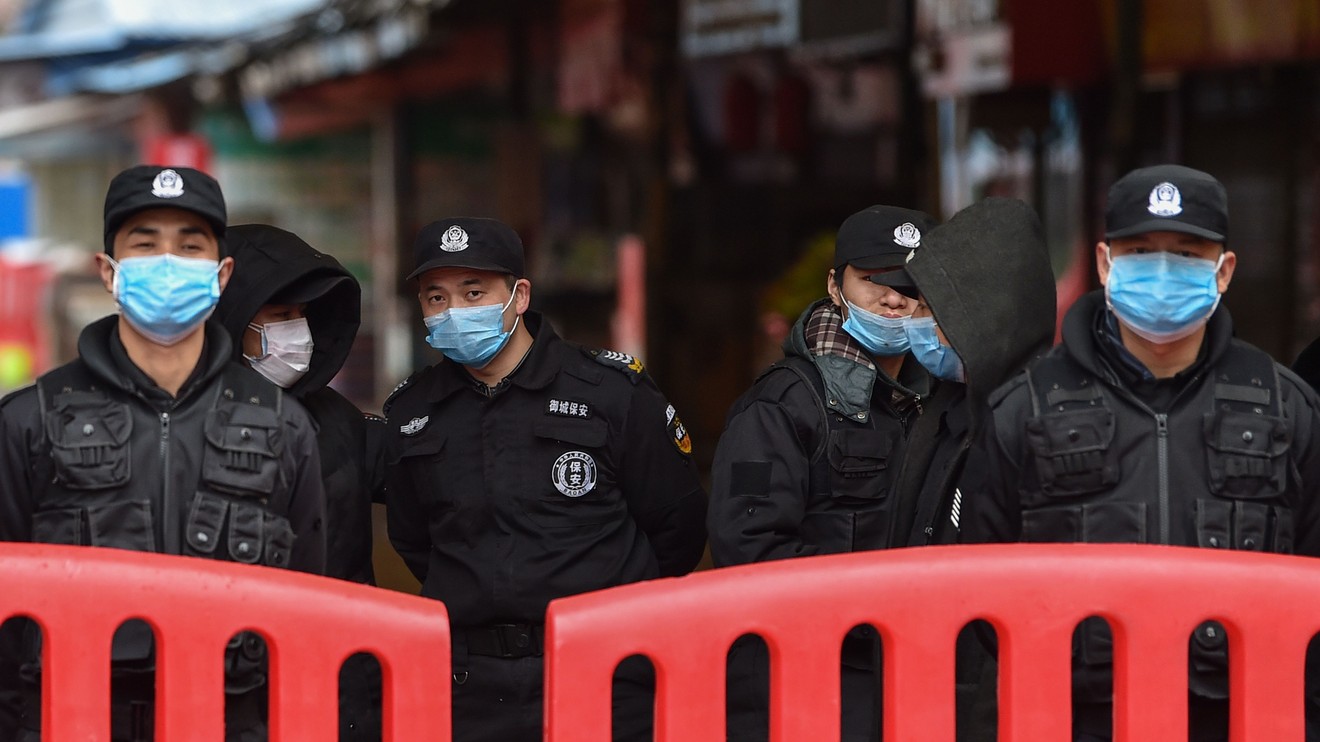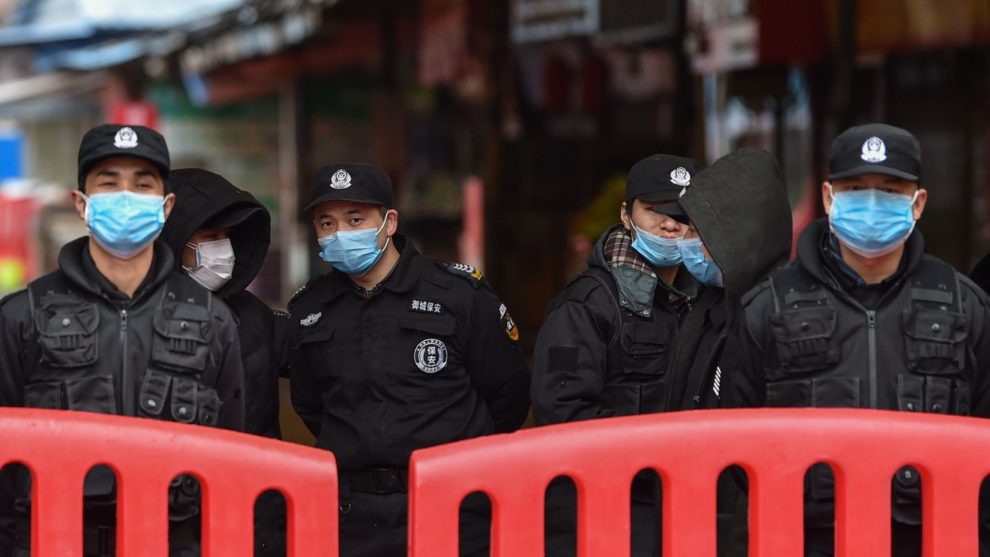
‘Probably, the cat’s already out of the bag.’
Scientist and scholar Eric Toner, quoted above in an excerpt from a Friday interview with the business-news channel CNBC, explained that China’s efforts to contain the current outbreak of a fast-moving upper-respiratory illness are “unlikely to be effective.”
The comments come as the Centers for Disease Control and Prevention confirmed a second case of coronavirus in the U.S. Late Saturday, a third case of the virus was reported in Southern California, according to the Associated Press, citing a report from the Orange County Health Care Agency.
Cases of the illness, which is related to SARS, or severe acute respiratory syndrome, and MERS, Middle East respirator syndrome, have now turned up in a number of countries beyond China, where the illness originated in Wuhan City.
The number of infections of coronavirus, or CoV, has risen to about 2,000, according to the Wall Street Journal. On top of that, the official death toll has climbed to at least 56, including a doctor treating flu-stricken patients in Wuhan, from 40-plus as of Saturday. The Journal reported that the outbreak was overwhelming Wuhan-area resources and hospitals.
Beijing has shut down parts of the Great Wall, as well as more than a dozen cities, restricting the movement of some 50 million people, and canceling events related to the Lunar New Year, one of the busiest periods of travel and consumerism in the country.
The Journal on Saturday, citing people described as familiar with the situation, reported that a charter flight was being arranged by the U.S. government to evacuate U.S. citizens and diplomats from Wuhan.
CNBC reported that Hong Kong leader Carrie Lam has declared a virus emergency in the city of 7.3 million, extending school cancellations until Feb. 17 and barring visits to mainland China.
Toner, an M.D. and researcher at the Johns Hopkins Center for Health Security, took part in a simulation, undertaken in partnership with the World Economic Forum and the Bill & Melinda Gates Foundation, that posited such a disease could kill 65 million people within 18 months under the right circumstances.
Coronaviruses, with SARS and MERS among that group, are infections of the respiratory tract that can lead to illnesses like pneumonia or the common cold.
Toner told Business insider during an interview that he hasn’t completed research on the current strain of the Wuhan coronavirus, known as 2019-nCoV, but said that the death toll could run in the millions if the influenza were resistant to modern vaccines and was as easy to catch as the common flu.
Read: This is how far and fast the coronavirus has spread through U.S. stocks
To be sure, an outbreak of SARS about 17 years ago claimed nearly 800 lives and infected more than 8,000 people around the world. However, the death toll from that 2002-03 disease was nowhere near a million.
To put things into further perspective, the most virulent pandemic, the 1918 influenza, also known as the Spanish flu, killed an estimated 20 million to 50 million people.
Toner said that his coronavirus simulation “was not [focused primarily on] the number of deaths; it was to point out that there could be societal and economic consequences from a severe pandemic, not just health consequences.” The simulation was also geared toward engendering international cooperation, making the case that governments and private companies alone can’t adequately respond to a pandemic.
One report estimates that a pandemic could cause an average annual economic loss of 0.7% of global GDP — or $570 billion.
Meanwhile, the World Health Organization late this week wasn’t sounding global alarm bells about the illness either, declaring the coronavirus an emergency in China on Thursday but falling short of calling the outbreak an international emergency. U.S. health officials also have said that the risk domestically from the illness is low.
However, the coronavirus was exacting a toll on the U.S. stock market. The Dow Jones Industrial Average DJIA, -0.58% on Friday lost 170 points, or 0.58%, closing just beneath 28,990 after having slipped as low as 28,843 in afternoon trading. Meanwhile, the S&P 500 SPX, -0.90% fell 30 points, or 0.9%, to 3,295. The Nasdaq Composite Index COMP, -0.93% declined by 87 points, or 0.93%, to finish the week at 9,315, after touching an intraday record high in early action.
Toner said the WHO may have made a mistake by not declaring 2019-nCoV an international emergency.
The Journal on Sunday reported that millions of residents from the outbreak’s epicenter, in Wuhan City, may have scattered around the country to visit family for the annual Lunar New Year holiday, before the lockdowns were put in place.
Zhou Xianwang, the Mayor of Wuhan, shared a similar view. He estimated that some 5 million people may have left the city before travel restrictions were imposed.
Check out the Toner interview on CNBC below:











Add Comment